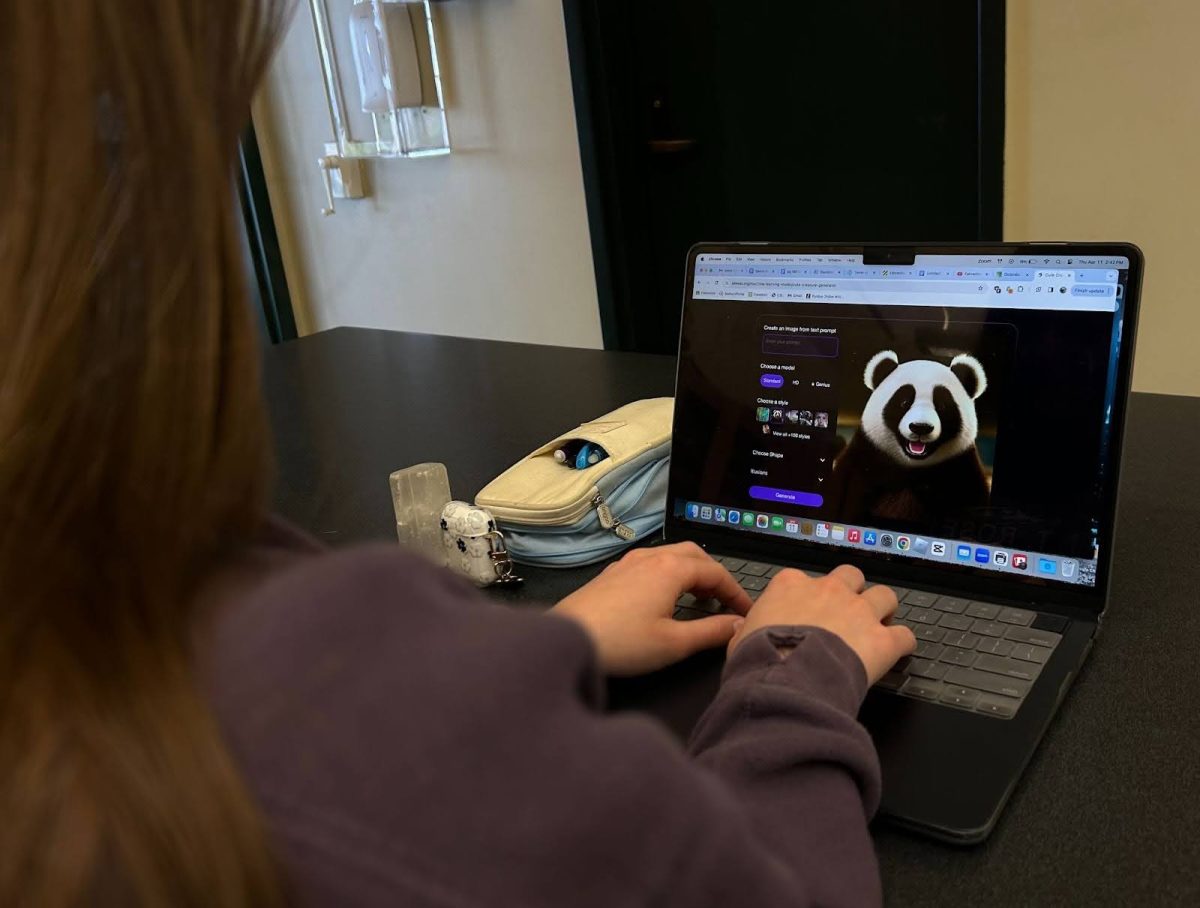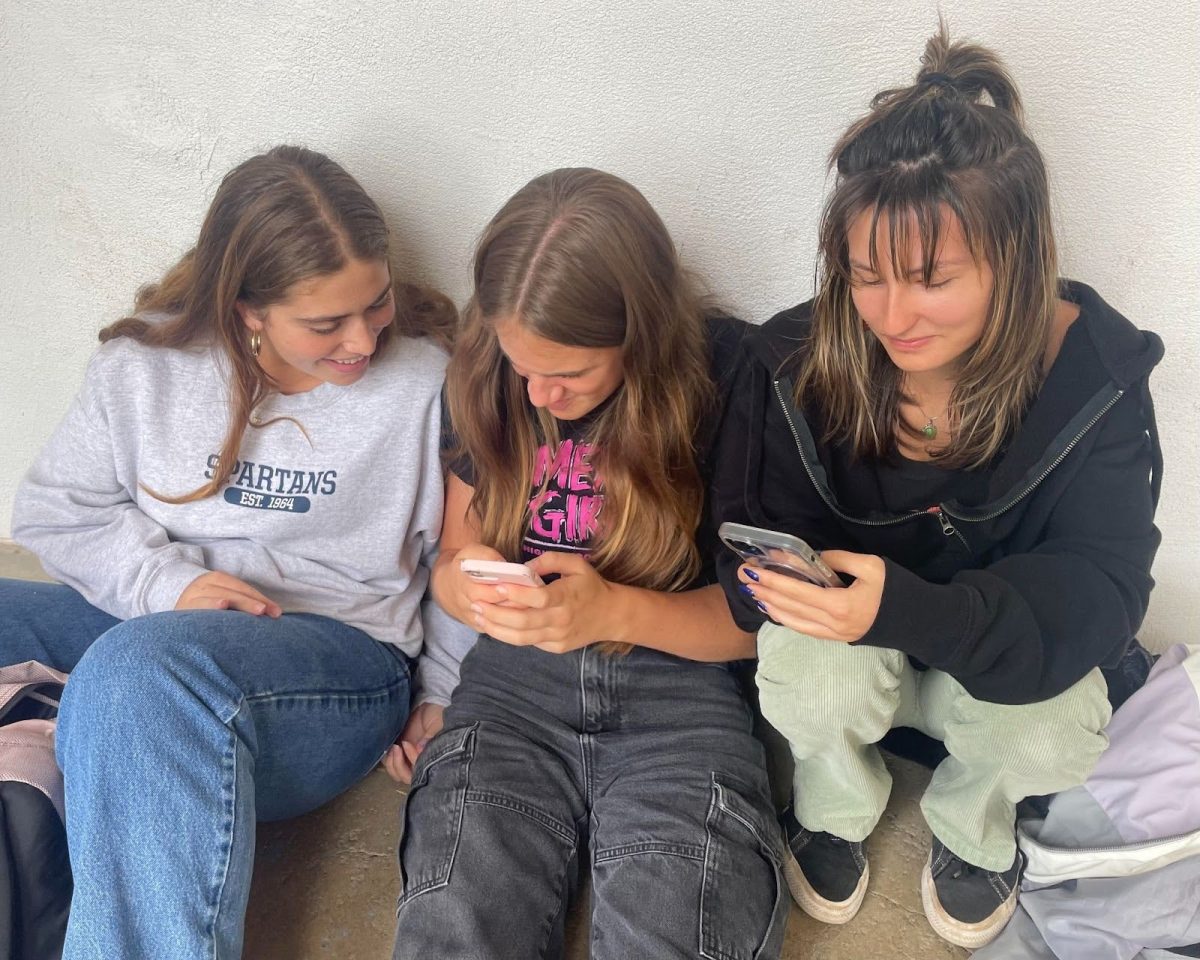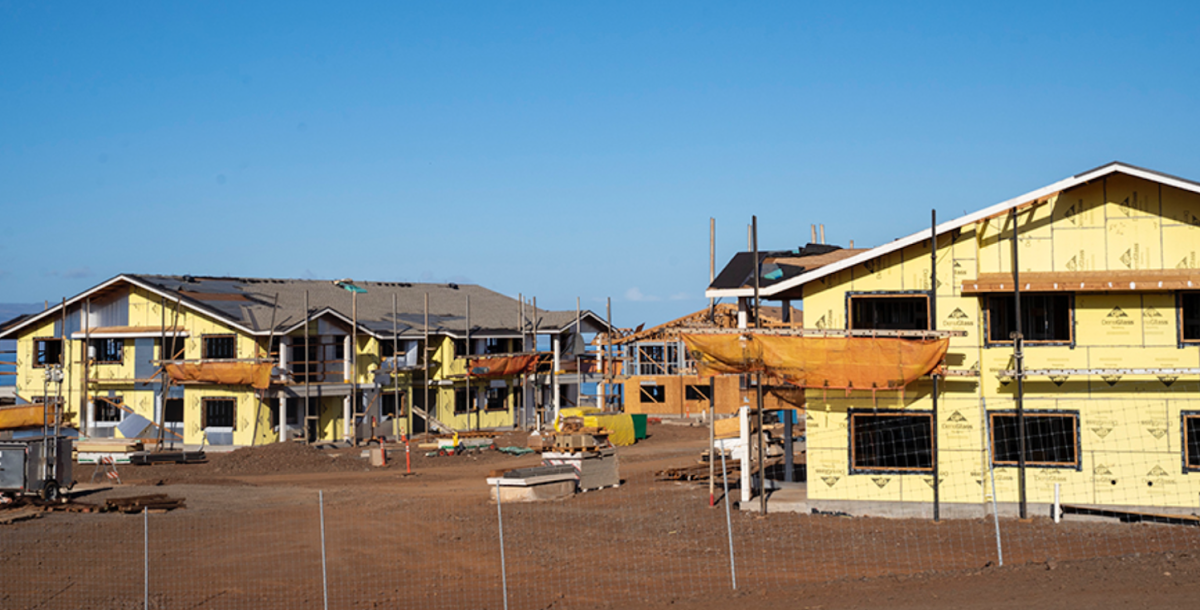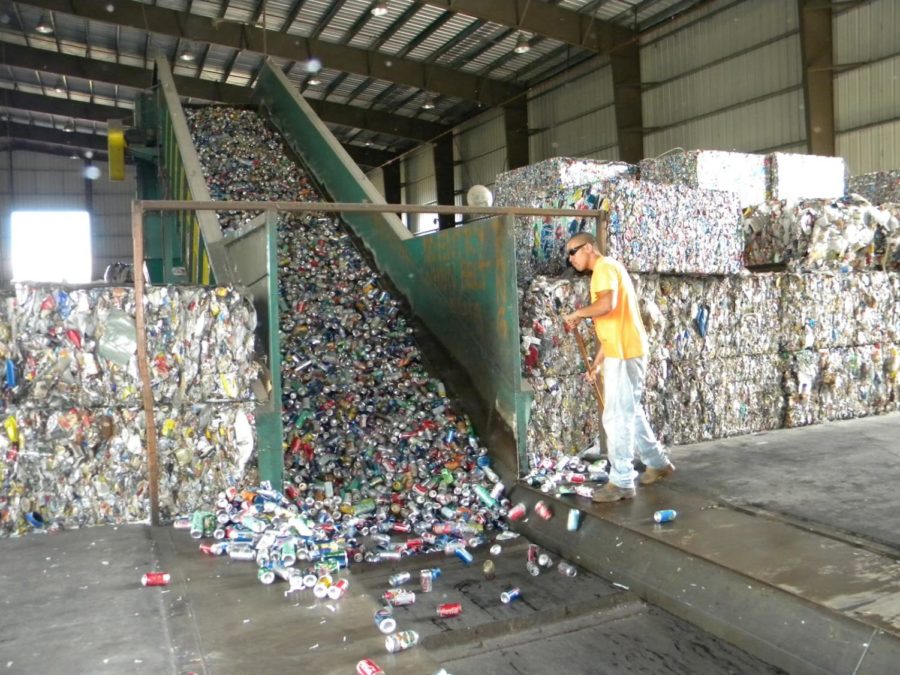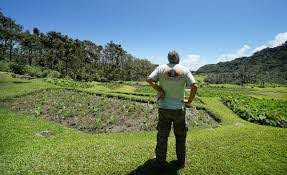
In 2016, private corporation Alexander and Baldwin Hawaiian Commercial and Sugar Company (A&B) came to its last cultivation of sugarcane on Maui, ending a long pattern of the crops harvesting. Although the company’s sugar production has come to a halt, they have continued to leave a lasting impact on one of Maui’s most precious resources: fresh, accessible water.
The fight over access to Maui’s streams has been occurring since the early 1800’s, when A&B first started to divert the streams for water to nourish sugarcane fields. According to Sierra Club of Hawaii, since then, they have continued to extract water from different streams around the island, including Haipuaena Stream located on the east side of Maui, and Kauaula Stream, located on the west side, above Lahaina.
Many Native Hawaiians find the diversion of water to be extremely troubling, as it prevents them from harvesting their own crops, such as taro. Streams in East Maui are supposed to run through taro patches that have now become cracked. Stream ecosystems are now becoming decimated, and more sustainable rural ways of living are lost that are so important to natives.
“As Hawaiians, we believe that everything matters: The air, the wind, the trees, the animals, the species, the humans, the ocean, the fish. Everything matters,” Jerome Kekiwi Jr., a taro farmer in East Maui told Civil Beat.
This is a form of cultural genocide and ecological destruction that should no longer be tolerated. Alexander & Baldwin is requesting to renew their temporary permit to continue to divert water from the public’s streams and use it for their own personal benefit.
Recently, natives on the east side of Maui have not been the only ones facing this ecological and cultural crisis. The Lahaina fires that occurred in August of 2023 have further pushed the conversation of water conservation and rights. Four months after one of the most devastating natural disasters to ever hit Maui, locals began to fight for their right to water and the stream located just above Lahaina, one of these streams being Kauaula Stream. Big corporations have been extracting water from this source, leading it to run mostly dry. According to ABC news, during the fires, there wasn’t any water coming from hydrants when firefighters needed it most. Electricity was turned off to stop the fire from spreading in strong winds, but this also meant the pumps couldn’t move water through the pipes. Limited water access for landowners, along with the drought, likely made the fields surrounding Lahaina dry and the fires more explosive.
The state of Hawaii allocates its water under a “rights” system. This means that residents and companies can own the right to draw water from a source that derives from their own land. According to state law, they can’t own the water source itself and take complete control over the public stream. While A&B do not own the stream, it seems unfair that they get to extract so many gallons of water everyday.
Moving forward, perhaps A&B could have a more restricted permit on their access to water. It is unreasonable to completely ban their usage of the water, but the public should be able to collaborate more on the parameters of the permit. For example, they should be able to only extract water from streams that are not directly going into any communities or farm land. Lots of locals on the East side found that they relied on the streams they took from, so to limit this, they should only extract from less dependent streams.
Another probable solution would be to strictly limit the gallons of water they are allowed to take each day. According to the Sierra Club of Maui, currently 32 million gallons are getting taken each day. This should be limited to only what is absolutely necessary.
In order to create solutions that are in the best interest of local communities and residents on Maui, we must be included in the conversation so our voices do not go unheard.
Contributions:
ABC News Network. (n.d.). Native Hawaiians fighting to take control of Maui’s water
rights amid wildfire cleanup. ABC News. https://abcnews.go.com/US/native-hawaiians-fighting-control-maui-water-rights-wildfire-cleanup/story?id=105356097#:~:text=Four%20months%20after%20West%20Maui,looking%20to%20deepen%20their%20pockets.
Ola i ka Wai: The Battle over East Maui Waters. Ka Huli Ao Center for excellence in Native
Hawaiian law. https://manoa.hawaii.edu/kahuliao/ka-moae/summer-2017/ola-i-ka-wai/
East Maui Streams. Sierra Club of Hawaiʻi. (n.d.). https://sierraclubhawaii.org/eastmaui

